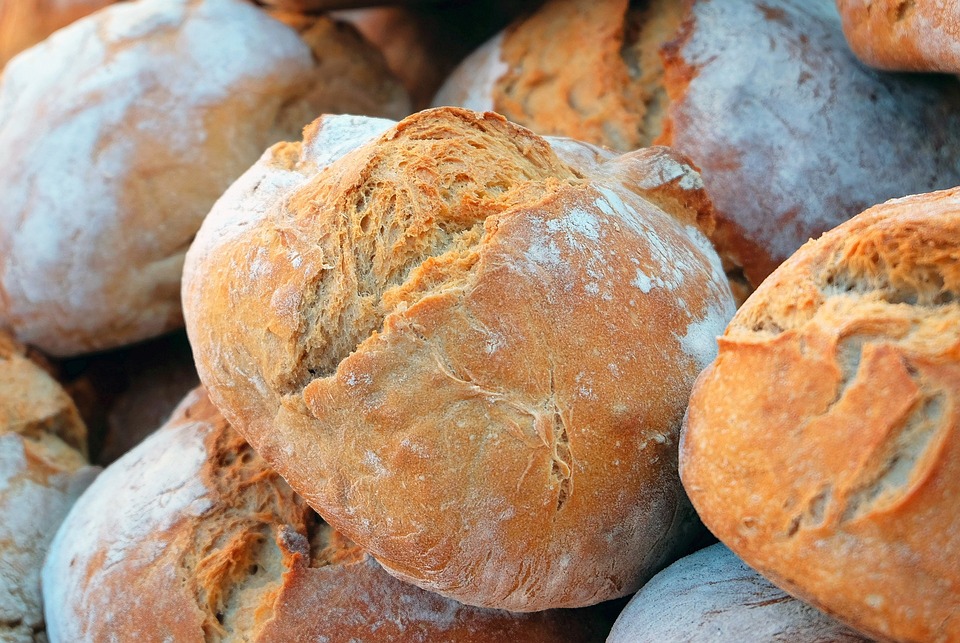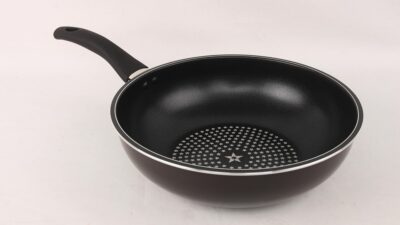Baking is often described as a science, and for good reason. The precise measurements, the chemical reactions, and the techniques all contribute to the final product—in this case, delicious cookies. However, many home bakers encounter a frustrating problem: cookies that fail to rise. If you’ve ever pulled a flat, dense cookie from the oven and wondered what went wrong, you’re not alone. Let’s explore the science behind cookie baking and discover the common pitfalls that lead to less-than-perfect results.
1. Understanding the Ingredients
The primary ingredients in cookies—flour, sugar, fat, and eggs—each play a crucial role in texture and rise.
Flour
Flour provides structure through gluten formation. Too little flour can result in cookies that spread too much, while too much can lead to dense, dry cookies. All-purpose flour is versatile, but if you use a flour with a higher protein content (like bread flour), it can create a tougher cookie.
Sugar
Sugar not only sweetens but also affects the texture. It encourages spread by melting, which creates a softer, chewier cookie. Granulated sugar promotes more spread, while brown sugar adds moisture and a slight lift due to its molasses content. Using the wrong type or too much sugar can prevent cookies from rising properly.
Fat
Butter and oils are key for flavor and texture. They work by coating gluten strands, which inhibits gluten development and provides tenderness. However, if your butter is too soft or melted when incorporated into the dough, it can cause excessive spread, resulting in flatter cookies.
Eggs
Eggs contribute moisture, fat, and the necessary proteins to help bind ingredients. They also create steam during baking, which helps with rising. Using too few eggs can lead to denser cookies, while too many can lead to an undesired cake-like texture.
2. The Role of Leavening Agents
Baking soda and baking powder are the main leavening agents used in cookies. Understanding how they work is essential:
Baking Soda
Baking soda is a base that needs an acid (like brown sugar or yogurt) to activate. It produces carbon dioxide, which helps the cookies rise. If a recipe calls for baking soda and doesn’t include an acidic ingredient, your cookies might not rise as expected.
Baking Powder
Baking powder contains both an acid and a base, and it only needs moisture and heat to activate. If baking powder has expired, it may not produce the necessary gas for rising.
Incorrect Measurement
Measuring leavening agents incorrectly can also lead to problems. Too much baking soda or powder can create an unpleasant taste, while too little can cause cookies to flatten.
3. Temperature Matters
The temperature of your ingredients plays a significant role in how cookies rise:
Room Temperature Butter
If your butter is too cold, it won’t cream properly with the sugar, leading to dense cookies. Conversely, if it’s too warm, the cookies will spread too much during baking.
Chilling the Dough
Chilling cookie dough can help control spread. Cold dough shapes will hold their form better when baked, resulting in a thicker, puffier cookie. If you skip this step, especially with high-fat cookies, they may turn out flat.
Oven Temperature
An oven that isn’t accurately calibrated can severely affect your bake. If your cookies bake at a temperature that’s too low, they won’t rise properly. Always preheat your oven and consider using an oven thermometer to ensure accuracy.
4. Mixing Techniques
How you mix your cookie dough also matters. Over-mixing can incorporate too much air, and create excessive gluten formation, resulting in toughness. Under-mixing, on the other hand, may not adequately combine the ingredients, leading to inconsistent texture.
5. Other Common Mistakes
- Not Sifting Dry Ingredients: Sifting can help ensure even distribution of leavening agents and prevent clumping.
- Using the Wrong Baking Sheet: Dark baking sheets can cause cookies to bake faster than lighter ones, affecting spread and texture.
- Crowded Oven: Baking too many cookies at once can lead to uneven heat distribution, resulting in undercooked or flat cookies.
Conclusion
Baking cookies is both an art and a science. By understanding the roles of each ingredient, the importance of precise measurements, and the influence of mixing and temperature, you can troubleshoot and improve your cookie-making skills. The next time your cookies don’t rise, remember the delicate balance of science at play and adjust accordingly. With a little knowledge, practice, and patience, you’ll soon have perfectly risen cookies to delight your taste buds. Happy baking!



